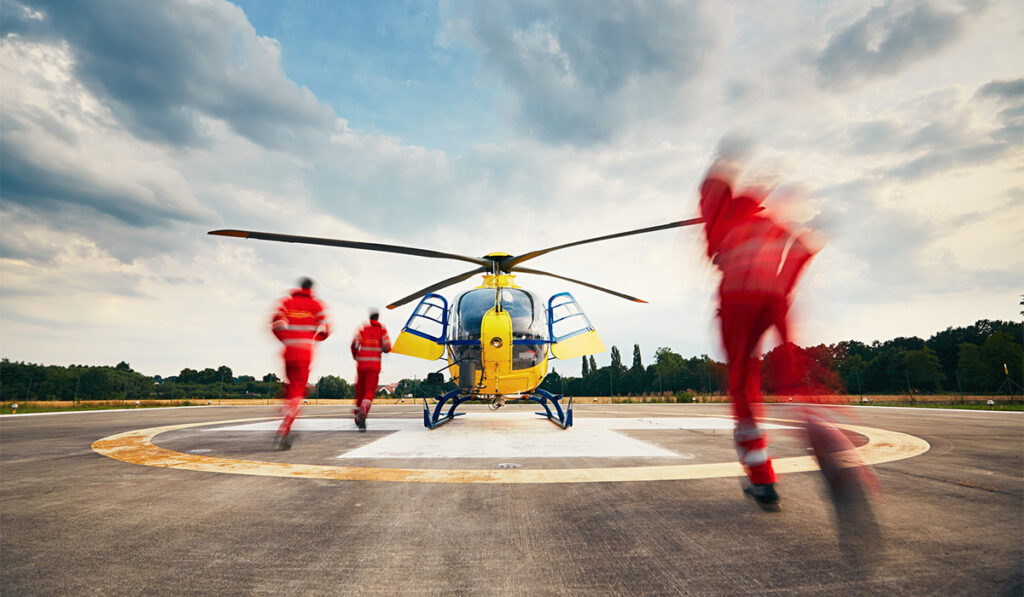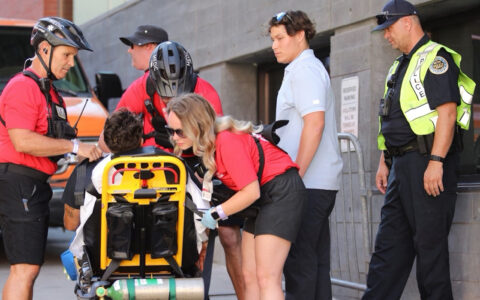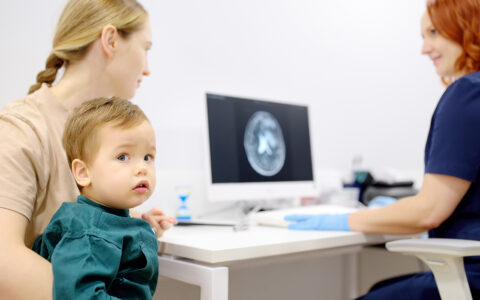Peer support programs may help flight crews alleviate secondary trauma – the burnout and compassion fatigue that can follow emotionally challenging or stressful medical transports, according to the results of a recent study.
The study, carried out by Vanderbilt University Medical Center researchers and reported in Air Medical Journal, shows the benefits of peer support for crew members, particularly those who are newer to the job or who lack social or family support.
“We run a focused peer-support program that targets air medical crew members involved in a challenging transport.”
Crew members experience varying levels of stress during transport flights. But in general, the researchers found that flight nurses, flight paramedics, emergency medical technicians and firefighters are more likely to suffer from post-traumatic stress disorder (PTSD) symptoms than in-hospital providers.
Research among military clinicians has determined that air medical crew members who provide critical care during transport are over three times more likely to report PTSD symptoms than those in general air medical evacuation roles.
“With the growth of the air medical industry, there is an increasing need to understand the psychosocial impacts of providing care to those who serve in air ambulances,” said Travis McCall, Ph.D., a Vanderbilt LifeFlight advanced practice registered nurse based in Tullahoma. He helps staff the eight helicopters and a fixed-wing airplane used routinely to transport critically ill and injured patients to the medical center.
“We run a focused peer-support program that targets air medical crew members involved in a challenging transport,” McCall said.
Effects of Stress
While pursuing his doctorate at the University of Tennessee, McCall studied how secondary traumatic stress relates to burnout and compassion fatigue. Secondary traumatic stress occurs when a professional in a helping relationship becomes witness to trauma and the suffering of another individual. McCall said the associated symptoms are nearly identical to PTSD, and include avoidance, intrusion and arousal.
Undergoing secondary traumatic stress can lead to burnout and compassion fatigue, which is defined as decreased empathy resulting from repeated exposure to the suffering of others.
“We work in a high-stress field. I wondered whether we could be more proactive to take care of our air transport personnel,” McCall said.
Research shows emergency room nurses may benefit from peer support after traumatizing events, and this appears to be a cost-effective intervention for alleviating secondary traumatic stress.
Peer Support = Intervention
McCall helped develop a peer-support program within the air medical program at VUMC and designed a study to test the intervention. With the support of a flight chaplain, the peer-support team began with five air medical crewmembers, later expanded to seven, that included paramedics, nurse practitioners and registered nurses. A licensed clinical social worker with expertise in employee-assistance services provided the initial training.
After an emotionally challenging transport, members of the peer-support team reach out by text or phone call to affected crewmembers and may also seek the support of the flight chaplain. Intervention typically addresses emotional response to the transport and reinforces positive coping skills. The affected crew members also may trigger the outreach by completing an electronic debriefing following the transport or during peer chart audits.
A survey conducted before implementation of the peer-support program and followed-up 16 months later. Results showed that crew members lacking family or friends for support and those newer to the air medical crew, typically less than five-years’ service, had the highest risk of developing secondary traumatic stress and subsequent burnout. Scores did not differ by gender, clinical role or marital status.
Pre-intervention and post-intervention surveys found that clinicians who were involved in an emotionally challenging transport and received peer support were less likely to have elevated stress scores, suggesting that the intervention had a mitigating effect and highlights the benefit of crew members being there for each other.
And Other Health Professionals
“The results validate that we need to shift support back into the workplace,” McCall said. “This is not exclusive to nurses and paramedics. I believe flight physicians may also experience this.”
“The results validate that we need to shift support back into the workplace.”
The study included 60 pre- and 37 post-intervention survey responses from air medical crew members. It did not include the two flight physicians on the air medical team at the time of the initial survey because of anonymity issues. That gap will soon be rectified.
“We plan to explore data on flight physicians to further understand the importance and cost-effectiveness of supporting each other. We’re all on the same transports experiencing the same stressful situations,” McCall said.
Peer support may also help other health professionals deal with traumatic events, such as a school shooting. “I have to believe this would benefit them as well,” McCall said.




